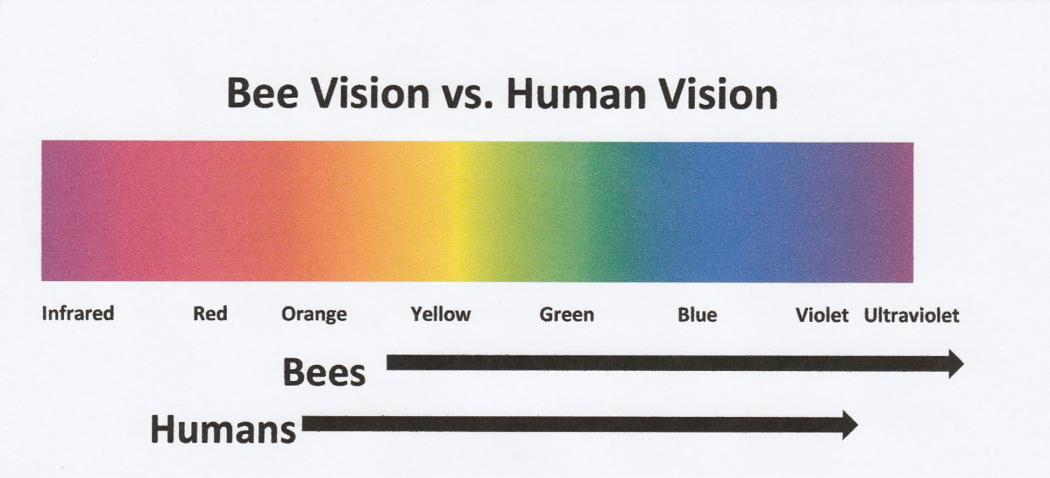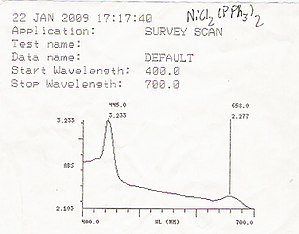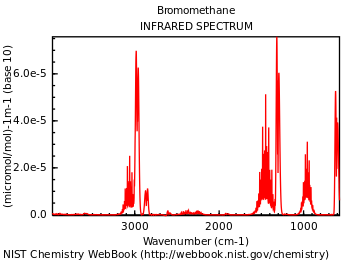1) In context of light, the emitter produces an original wave function with specific values.
This is word-salad when using the scientific definitions of the words involved.
2) Wave functions also are causal in specific mathematical ways and as such produce dynamical mathematical results, such as wave interferences and also act on other media in specific ways. Thus one can say that waves have both specific inherent mathematical values but only their mathematical values are causal to change when acting on another object.
This is word-salad when using the scientific definitions of the words involved.
You know, if you are not going to invest the effort of using words in an understandable way, why do you expect me to invest the effort of understanding you?
All equations are applicable both ways. They say the same thing, but from a different perspective or mathematical function.
2 + 2 = 4, an addition
2 x 2 = 4, a multiplication.
Those are is-relations, and they indeed work both ways. Have-relations don’t. Please learn the meaning of the word "is" and "have".
False; this definition doesn't have an observer-dependent component, and thus cannot be your usage of the word.
A camera? A spectrometer? An antenna?
No, those do not measure mathematics. Please give examples of "objective mathematical measuring devices".
Obviously the observers would have to be of the same type or species.
In that case you still need to specify the observer; in this case perhaps not an individual, but a species. You've merely shifted the problem. Question: are color-blind humans of a different species than non-color-blind humans?
This quote is incompatible with your believes: you believe that bees cannot see color, because they cannot symbolize.
Doesn't the "collapse-bits" convert the wave function into natural mathematical values.
No, using the normal definitions of those words it does not. In fact, the very thing you are suggesting is word-salad.
According to human symbolic language.
So all humans have the same symbolic language, including color-blind people? OK.
This is why I beg your indulgence for my shortcomings.
Then why do you keep dodging questions left and right, ignoring parts of my posts, and refusing to correct already pointed out mistakes? Why do you insist on using words and terms in ways incompatible with colloquial and scientific usages, without explaining them first? Why are you unable to use (and often even understand) words and terms in their colloquial and scientific usages?
You have a
lot of learning and growing to do, but for as long as I have interacted with you here, you seem to have made little progress.
I'll try, but hope that you will allow me some leeway and try to see things from my perspective. I do try to stay in context of the present discussion.
I am trying to see things from your perspective, but it is so inconsistent and incomplete, sometimes even violating basic logic, that one cannot speak of "understanding" in a meaningful way.
Sure, but we weren't talking about an "is"-relation; this is a dependency-relation.
Human mathematics are subjective symbolic representations of objectively observable regularities and patterns in nature.
So your answer is "yes".
No, clearly that is not what I said.
I said the symbolic names we have given to various colors are human inventions. Similar to human symbolic maths are human inventions. Nature does not name its values, functions and patterns, but they are all mathematical in essence.
We have not been talking about the naming of colors; in fact, in post #204 you clearly equate color to the perception of quantum wave information, and not to its name.
No, because mathematics cannot be experienced under the colloquial and scientific definitions of the word.
Color names are human inventions. "a rose is a rose by any other name"
I have not been talking about color names. Please re-read my statement.
What is unproven? I am discussing the influence of QM and the collapse of the wave function in context of reflected or refracted or absorbed colors.
No, that was not what you were talking about; please stop misrepresenting my position.
Is QM not involved in this context?
As I've pointed out numerous times now, QM isn't required to explain color.
To a living organism they are.
Yes, one needs a living (conscious?) organism for subjectivity to have meaning. Not sure why you'd feel the need to point that out..
But consider a digital camera, how does it reproduce a colored picture?
By measuring the wavelengths of the incoming photons, and recording that in a digital format.
Does it translate the mathematical values into binary language and pixels?
No, not under the colloquial and scientific definitions of those words.
Or even a conventional film camera produces a negative in the form of opposing (complimentary) colors and you need to shine white light through the negative in order to reproduce the original colors and hues.
And, according to you, there needs to be an observer to see that light, because otherwise it doesn’t have a color. That was (part of) my point.
And also how nature works , without the labels.
So what you've been saying in this thread isn't how nature works?
Of course external devices are allowed. We would not have a lot of science if it were not for "more sensitive" instruments than the eye. However, even most external instruments translate the observed phenomenon into symbolic mathematical values.
Except for example an optical spectrometer, which does nothing of the sorts.
No, you are misrepresenting my post. Color of an object
No, you yourself in this thread have clearly stated that color is subjective, and thus cannot be a property of an object.
can only become manifest when photons strike (shine upon) that object........difference.
And subsequently is observed (you keep forgetting that part of your own explanation!).
Also, please re-read your own post #198, where you explicitly agree with what I just said. I am clearly not misrepresenting your post or position, unless you have changed your mind about what you wrote in that post.
---
Look, if you don't understand how to or refuse to use words and terms in their colloquial and/or scientific sense, fine, but please keep that restricted to the Fringe-sections of this forum. You acknowledge that you have shortcomings, but at the same time refuse (or are unable) to grow out of them, for whatever reason. Many of your statements are trivially true, simply wrong, or plain word-salad. Often, there is no meaningful communication occurring because you are (quite literally) speaking another language, a language that seems not to adhere to basic logic at times. Basically, we're arguing definitions and interpretation of semantics here, with you (seemingly) unable to understand or use the colloquial and scientific version, and me unwilling/unable to understand your version of words. Until the time comes that you are able to communicate your view of the world in an understandable, clear, and consistent way, I don't think there's much use for us to continue these discussions in this manner. This doesn't mean that I'm going to stop responding to you; in fact, quite the opposite. But I'm done playing Sisyphus trying to educate you. I will be pondering how to change my approach with you in the next few days; see you around!



 , an abstract form of cognitive abilities.
, an abstract form of cognitive abilities.





